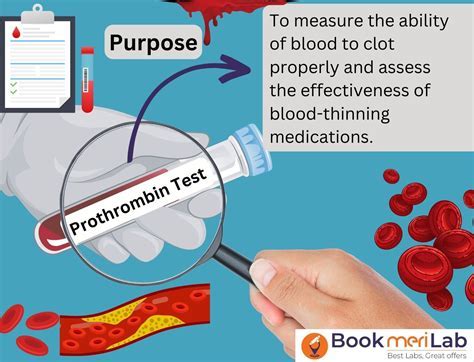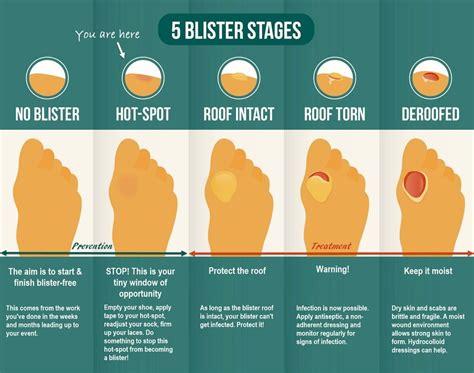The INR blood test, or International Normalized Ratio test, is a crucial diagnostic tool used to measure the time it takes for the blood to clot and to monitor patients on warfarin therapy. Warfarin is a blood thinner that helps prevent blood clots from forming or growing. The INR test is essential for ensuring that the blood is within the optimal therapeutic range, neither too thin nor too thick, to minimize the risk of bleeding or thrombosis.
Understanding INR Results
When you undergo an INR blood test, a healthcare professional will take a blood sample from a vein in your arm. The blood is then sent to a laboratory for analysis. The results are usually available within a few hours or the next day. The INR result is a numerical value that indicates how long it takes for your blood to clot compared to a standard sample.
- Normal Range: For individuals not taking warfarin, the normal INR range is typically between 0.9 and 1.1. This range may slightly vary depending on the laboratory.
- Therapeutic Range: For patients on warfarin, the target INR range is usually between 2.0 and 3.0, though this can vary depending on the specific condition being treated. For example, patients with mechanical heart valves may require a higher INR range of 2.5 to 3.5.
Interpreting Your INR Results
Interpreting INR results requires understanding what the numbers mean: - INR below 2.0: If your INR is below the therapeutic range, your blood may be too thick, and you might be at risk of forming blood clots. Your healthcare provider may increase your warfarin dose. - INR within the therapeutic range (2.0-3.0): This indicates that your blood is within the optimal range for clotting, and your warfarin dose is likely correct. - INR above 3.0: If your INR is above the therapeutic range, your blood may be too thin, increasing the risk of bleeding. Your healthcare provider may decrease your warfarin dose.
Factors That Can Affect INR Results
Several factors can influence your INR results, including: - Diet: Foods high in vitamin K, such as leafy green vegetables, can decrease INR levels because vitamin K is essential for blood clotting. - Medications: Besides warfarin, other medications can interact with warfarin and affect INR levels. These include antibiotics, anti-fungals, and certain herbal supplements. - Alcohol Consumption: Excessive alcohol consumption can affect liver function and, consequently, warfarin metabolism, leading to changes in INR levels. - Illness: Certain illnesses, particularly those affecting the liver or kidney function, can alter how warfarin is metabolized, thus affecting INR levels.
What to Do If Your INR Results Are Not Within the Target Range
If your INR results indicate that your blood is either too thin or too thick, your healthcare provider will adjust your warfarin dose accordingly. It’s crucial to follow the recommended dosage and schedule for taking warfarin to maintain your INR within the therapeutic range. Regular INR monitoring, usually every 1 to 4 weeks, is necessary to ensure that your blood clotting time remains within the optimal range.
Conclusion
The INR blood test is a vital tool for managing patients on warfarin therapy. Understanding your INR results and what they mean is essential for ensuring your safety and the effectiveness of your treatment. By working closely with your healthcare provider and following the recommended warfarin regimen and lifestyle adjustments, you can minimize the risks associated with blood clots and bleeding, leading to a better quality of life.
What does an INR result of 1.8 mean for someone on warfarin therapy?
+An INR result of 1.8 for someone on warfarin therapy indicates that their blood is not yet within the therapeutic range, suggesting that their warfarin dose might need to be adjusted to achieve the desired anticoagulation effect.
How often should I get my INR levels checked while on warfarin?
+The frequency of INR checks can vary depending on your condition and how stable your INR levels have been. Initially, it might be done more frequently (every 1 to 2 weeks), and as your warfarin dose is stabilized, it can be done less often (every 4 to 6 weeks).
Can dietary changes alone significantly affect my INR results?
+Yes, significant dietary changes, especially the consumption of foods high in vitamin K, can affect your INR levels. Maintaining a consistent diet is recommended, but it's also important to discuss any dietary concerns or questions with your healthcare provider.
In conclusion, understanding and managing your INR results is crucial for effective warfarin therapy. By staying informed and working closely with your healthcare team, you can ensure your treatment is both safe and effective, minimizing the risks of complications. Regular monitoring and open communication with your healthcare provider are key to achieving the best possible outcomes with warfarin therapy.



